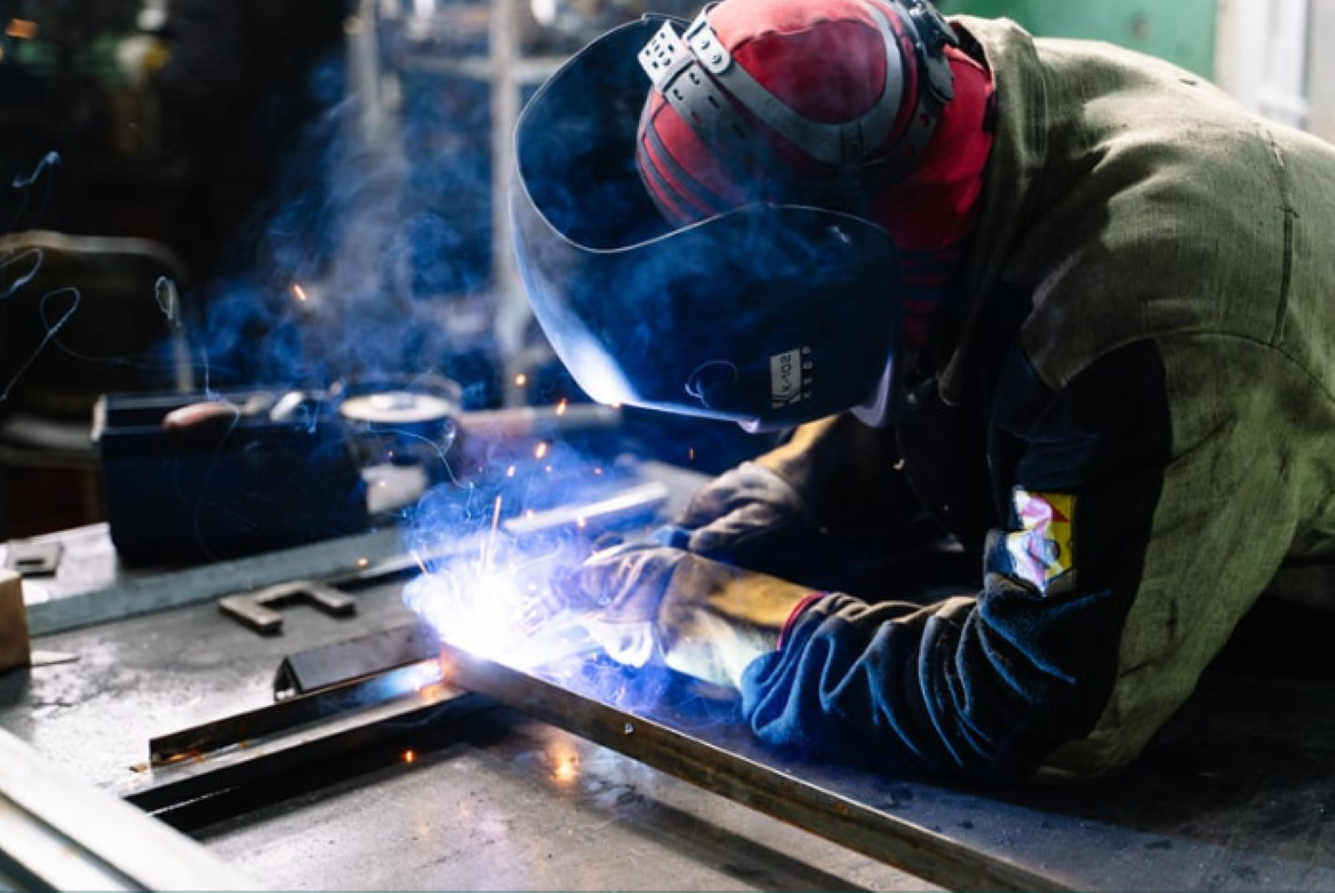

Sheet metal bending is a process in which a sheet of metal is deformed plastically to create the desired shape. The process is performed by applying force to the sheet. The pressure then causes the metal to yield and take on a new form.
And although the process might sound pretty simple, professionals offering metal bending in the Albuquerque area will tell you that there are several things you should consider to get the perfect bend without damaging the sheet metal.
These things include:
The type of metal is essential because different metals have different yield strengths. This means that some metals will require more force to bend than others.
The thickness of the sheet is also crucial as it will determine how much pressure can be applied before the sheet metal breaks.
Given the complexity of the task, it is better to leave it up to the professionals – New Mexico Metals LLC.
There are multiple ways that you can go about bending your sheet metal. The 5 most common methods include:
As the name implies, V-bending is used to bend the metal workpiece into a V-shape. The method uses a V-shaped die and a punch. The punch presses the metal into the die, creating the V-shape. This method can be used to create sheet metals with different bend angles, including acute, obtuse, and right angles.
This method involves bending the metal workpiece into a U-shape. Like V-bending, it uses the die and punch combination. The metal sheet is placed over a U-shaped die to create a U-shaped bend. The sheet is clamped, and a U-shaped punch is inserted into the die. The punch applies pressure to the sheet, causing it to bend into the shape of the die.
Roll bending is a method that’s used to create cylindrical shapes from sheet metals. The method uses three rollers that are arranged in a pyramid configuration. The metal sheet is placed over the rollers and passed through them. The rollers rotate in the same direction and at different speeds. This causes the sheet metal to bend into a cylindrical shape.
This method is used to create complex shapes from sheet metals. It uses a die and a mandrel to bend the sheet metal. The die is attached to a rotary drawbar, and the mandrel is inserted into the die. The sheet metal is placed over the mandrel and passed through the die. The rotary drawbar bends the sheet metal around the mandrel, creating the desired shape.
This method is used to create sheet metals with sharp bends. Here, the sheet metal is placed over a wipe die and a pressure pad. The pressure pad is attached to a hydraulic press that applies pressure to the sheet metal. The pressure causes the sheet metal to bend around the wipe die, creating a sharp bend.
Sheet metal bending is intricate. If it is not handled correctly, it can result in uneven or damaged metal. To avoid this unpleasant outcome, opt for professional services offered by New Mexico Metals LLC.
We offer the best metal bending Albuquerque area has to offer, and we are confident that you will be satisfied with our services.
Contact us today to learn more about what we can do for you!